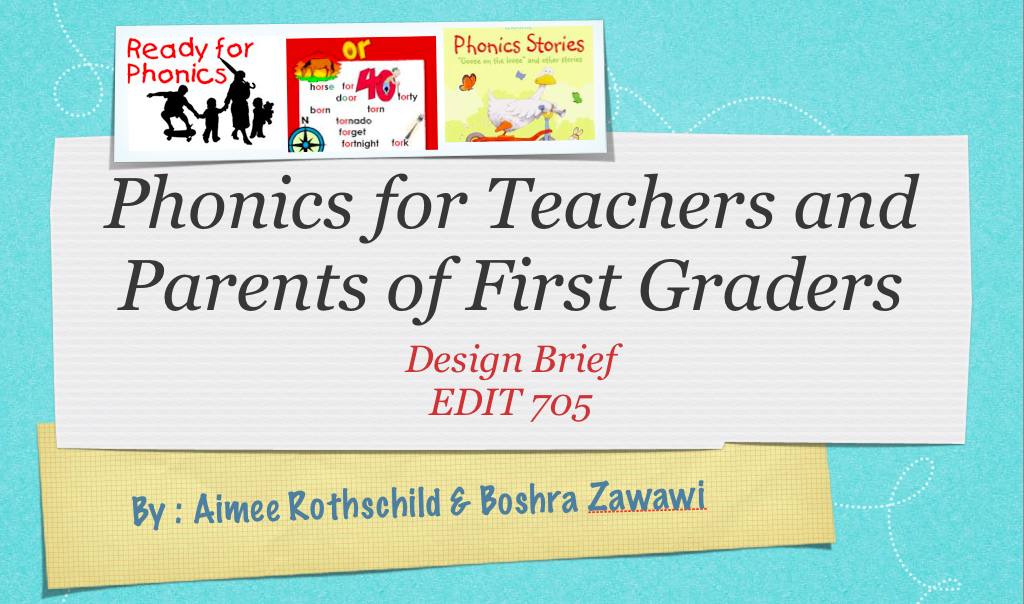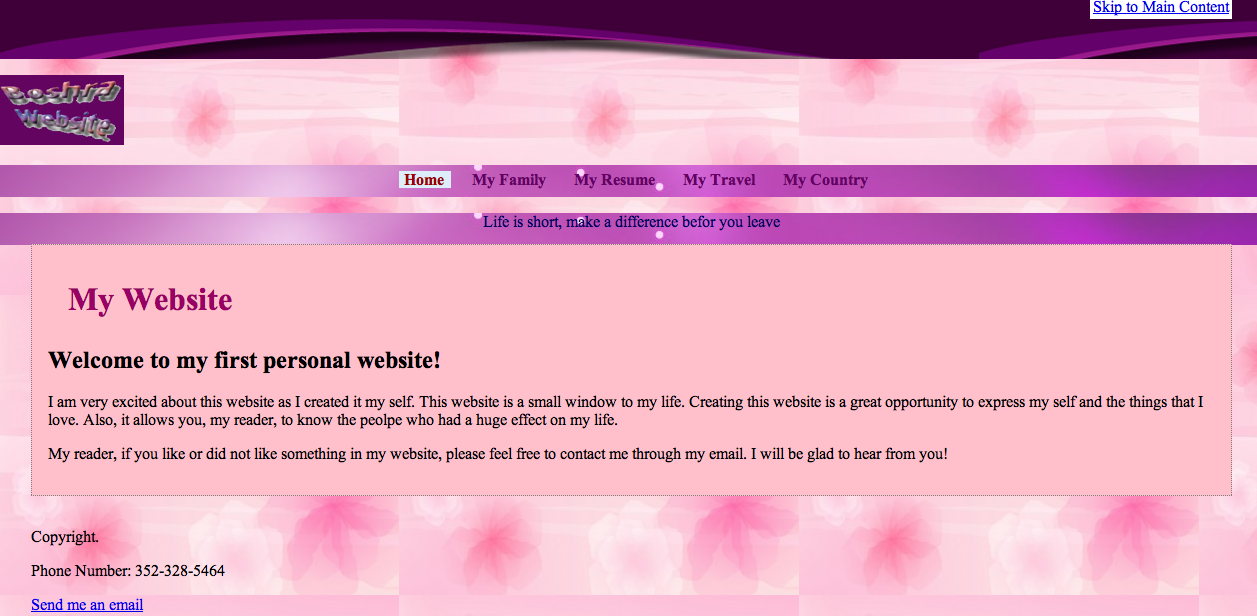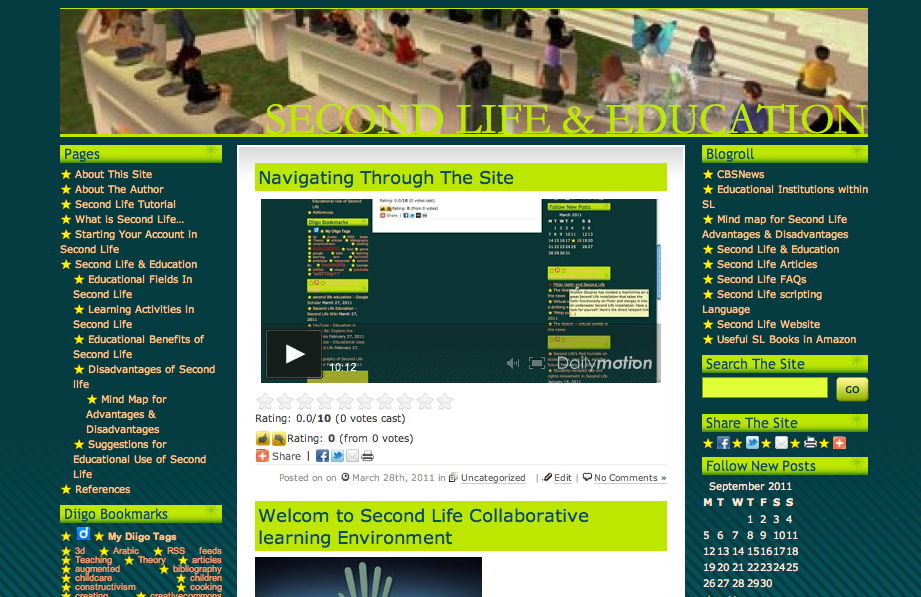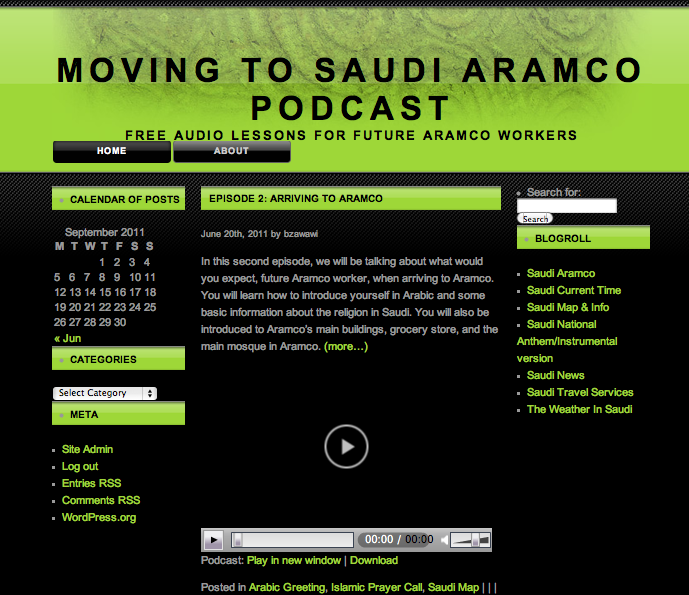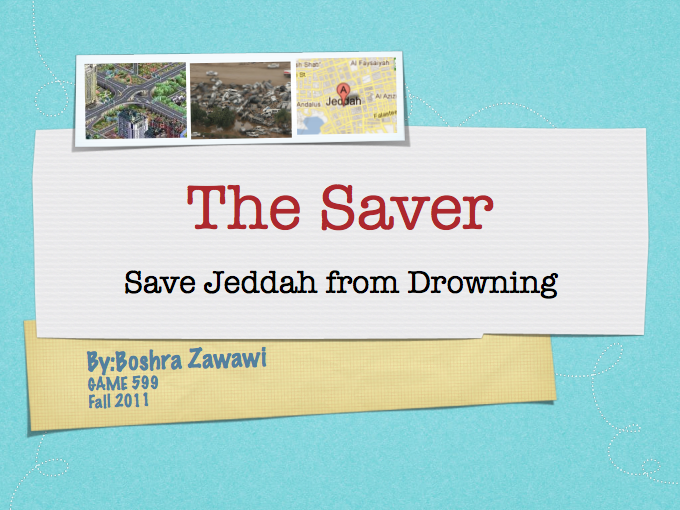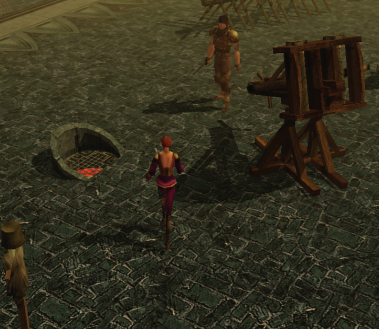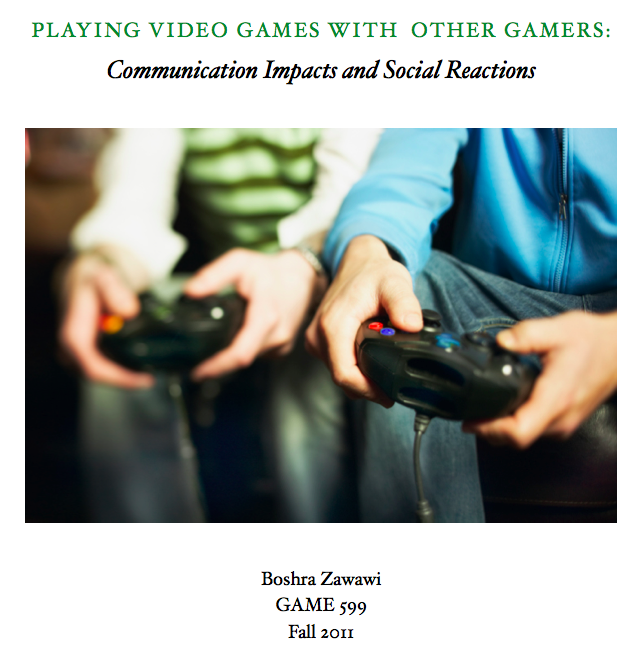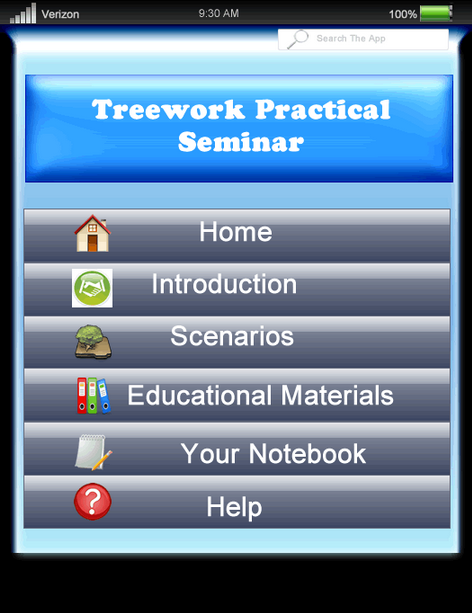The first semester was overwhelming. I took EDIT 704, EDIT 705, and EDIT 526. EDIT 704 focused on multiple learning theories and strategies. I developed two instruction guides, prepared and presented a 20 minute presentation about one of the learning theories, wrote a paper about one learning theory and created a job aid that summarized what I learned from EDIT 704. My first lesson was that instructional technology is not only about using new technologies to educate people. In fact, it is broader than that. Instructional technology is about delivering an optimal learning and training materials to the right learners through best environment. Furthermore, the role of instructional designers does not end after delivering the learning/training material. They have to insure that learners have reached their learning/training objectives and are using the materials as they should.
I learned that instructional technology is not centered around technology -the name was misleading for me-. It is centered around learners. Learners are the main focus for instructional designers. Designers seek to understand learner's problem(s), objectives, drivers and barriers in the learning environment, and the optimal solution, which does not always mean developing a new learning environment.
Nevertheless, Dr. Dabbagh changed my perspective about technologies. First, I thought that technologies do not drive the designing phase; however, the learning needs do. She claimed that new technologies can capture designer's attention and encourage him/her to search for best learning integration. Therefore, the instructional process does not always have to start from pedagogical models, learning strategies, and then technologies. The process can proceed the other way around, and still can be considered a systematic, grounded design.
In the first semester, I dived deeper in the process of designing and developing. I worked with a team to develop an instructional material by following the ADDIE model. The process was not easy, especially at the beginning, but I learned a hand full of information about becoming an instructional designer. Taking EDIT 704 and EDIT 705 at the same semester was not easy, but surly was helpful. I implemented what I learned from one class to the other.
Designing instructional materials with a group is challenging. I learned how to communicate with other peers/designers to reach a middle ground. I had to accept the fact that you cannot choose whom you work with, but you definitely can learn how to adapt and manage new working environments. Team-work should success when each member knows what to do, how to best do it, and when to deliver it. I found my self lucky that all teams I had to work with were responsible. I experienced team work in EDIT 705, EDIT 730 and EDIT 611.
Online learning is a main component in my degree, since I applied for the e-Learning Graduate Certificate. I believe that online learning is a medium with a rapid innovation, especially in adult learning. Therefore, understanding the capabilities and limits of this environment, its tools, communities and theories is a must in the 21 century. EDIT 611 and EDIT 730 helped me better understand and implement best online practices. I learned the differences between an asynchronous and synchronous learning, and fully online and blended learning. I also had a chance to explore multiple e-learning interactive mediums like blogs and wikis through hands-on practices. In fact, EDIT 772 and EDIT 575 were effective courses for teaching multiple social tools that reinforce e-learning.
As I type this reflection, I remember the HTLM code I learned in EDIT 526. It was not easy to learn all the codes, but my husband helped me a lot. Now, I am much comfortable creating websites by myself and taking in account web accessibility standards.
TOP OF PAGE

